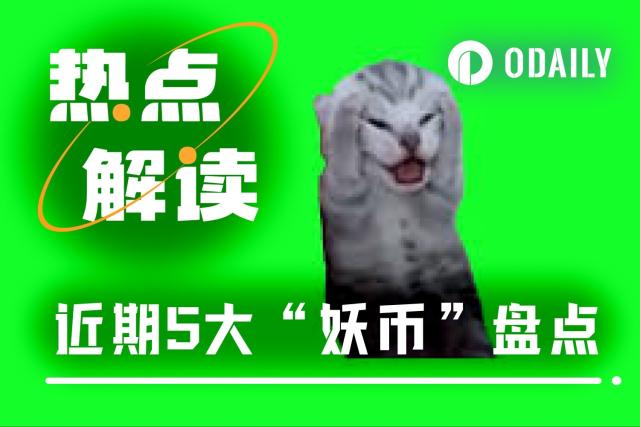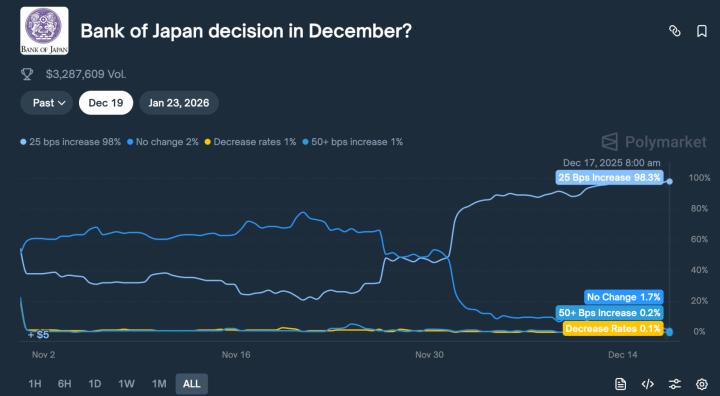At the moment, there is a quiet differentiation among blue-chip NFTs. Even though the Gas War was once triggered, many top NFT projects have failed to form a long-term brand narrative and a growth flywheel for community empowerment, making it difficult to support their value, which is also reflected in the continued decline in prices and transaction volume.
Both transaction volume and average price have declined, and most Holders are still "diamond holders"
Although the NFT market has ushered in a collective cooling after its rapid development, it is still one of the most out-of-the-box and important components in the encryption field. In the process of increasing the types of NFT products, they are also divided into different grades based on market popularity and potential. Among them, some NFTs have become blue-chip projects with strong community consensus and operational means, occupying most of the market share.
According to NFTGO data, as of March 21, the total market value of NFT (only Ethereum) has dropped from a maximum of over US$33.25 billion to the current US$22.17 billion in the past year, a drop of 33.3%; the monthly transaction volume has dropped from a maximum of approximately US$3.53 billion It fell to US$1.01 billion, a drop of over 71.3%. The total number of NFT holders has climbed to over 4.28 million, but the pace of growth has slowed significantly recently. Although the growth rate in the past year was 113.3%, it has only increased by 1.9% since this year. At the same time, the number of monthly traders has also dropped considerably, falling from a peak of over 414,000 in the past year to 186,000, a drop of about 55%. At the same time, judging from the changes in the number of buyers and sellers, the number of buyers has shown a slight decline in the past year, while the number of sellers has increased sharply, which means that the purchasing power of the market has declined significantly, and investors are more willing to sell their NFT assets.
The downturn in the overall NFT market is not only related to the bearishness of the encryption market, but also the slowdown of market activities of blue-chip projects and the flight of funds are also one of the main reasons.

According to NFTGO data, the blue-chip project index has dropped by more than 54.7% in the past year. At the same time, according to the statistical data of the top ten blue-chip projects in sales, the market value of this part of NFT accounts for 33.8% of the overall market. In the past year, their average price has dropped by an average of 46.9%, and the transaction volume has declined. Over 13.3%. Among them, the average selling prices of Art Blocks, ClONE X, Moonbirds and Doodles all dropped by more than 70%.
From the perspective of the number of blue chip holders, most NFTs have not changed much, and only Bored Ape Yacht Club, Mutant Ape Yacht Club, Azuki and CLONE X have seen more declines. However, most of the Hodler of these blue-chip projects are "diamond hands", and the average number of users who have held for more than three months accounted for as high as 75.1%.
As the mainstay of the NFT market, blue-chip NFT is regarded as a long-term investment that can generate stable returns, but will Hodler continue to hold it for a long time under the current unfavorable market performance? Judging from recent signs, at this stage, the business models and operating strategies of many blue-chip NFTs are causing dissatisfaction among community members.
Multiple blue-chip projects spark community dissatisfaction
From the initial ideological experiment to subverting the business model, the exponentially growing market value proves the outside world's recognition of NFT value capture. However, the recent shrinkage of the market value also shows that the market has put forward higher requirements for the innovative gameplay of NFT.
Although blue-chip NFT projects have taken a considerable advantage, the gap has widened. For example, Yuga Labs has built an IP empire and endowed holders with complete IP commercial use rights. Its multiple project series occupy multiple seats in the blue-chip NFT sector , and the operation and business models of NFTs such as Moonbirds, Doodles, and CLONEX after short-term success are being questioned by holders.
For example, Moonbirds is still difficult to regain its former glory after launching multiple series of NFT projects, open copyright and other gameplays, and its uninnovative gameplay has aroused doubts from the community; while Doodles does not fully grant IP rights directly to individuals, and obtains IP rights through product sales. Its Web2-style behaviors such as limiting its income to $100,000 have raised doubts that it is not Web3-oriented enough, and the recent announcement of the Doodles 2 plan on the Flow blockchain has aroused investor dissatisfaction, and its founder Jordan Castro After announcing that Doodles will develop from an "NFT project" to a "leading media franchise company", it was also bombarded by community members for ignoring the rights of holders, which once triggered a wave of selling; the NFT trend brand RTFKT of the well-known sports brand Nike CloneX, a collaboration between Studios and artist Takashi Murakami, was sold out because of the brand's AirDrop discount coupons to NFT holders, and the inability to exchange physical shoes in non-US regions.
The culture and value of the community determine the vitality of the project, and there are many examples of community culture affecting the success or failure of the project. For NFT projects, long-term inaction will eventually be eliminated by the market. Take the sure win script. For example, Blur broke the trading market pattern by virtue of liquidity attack is a good example. At present, the application scenarios of NFT are constantly being broadened. Whether it is new narratives such as Bitcoin NFT and AI-generated NFT projects, or new gameplay such as NFTFI and dynamic NFT, they are accelerating the pace of encroaching on market share, and the NFT market is facing a wave of reshuffle.
In short, the key to the difference between NFT and small pictures lies in the value behind it, and community members will also provide support for the value of the project itself while capturing value. For these blue-chip projects, if they cannot find a new business or development model to complete the differentiated transformation and return the value of the project to the community, it is only a matter of time before they are replaced.







